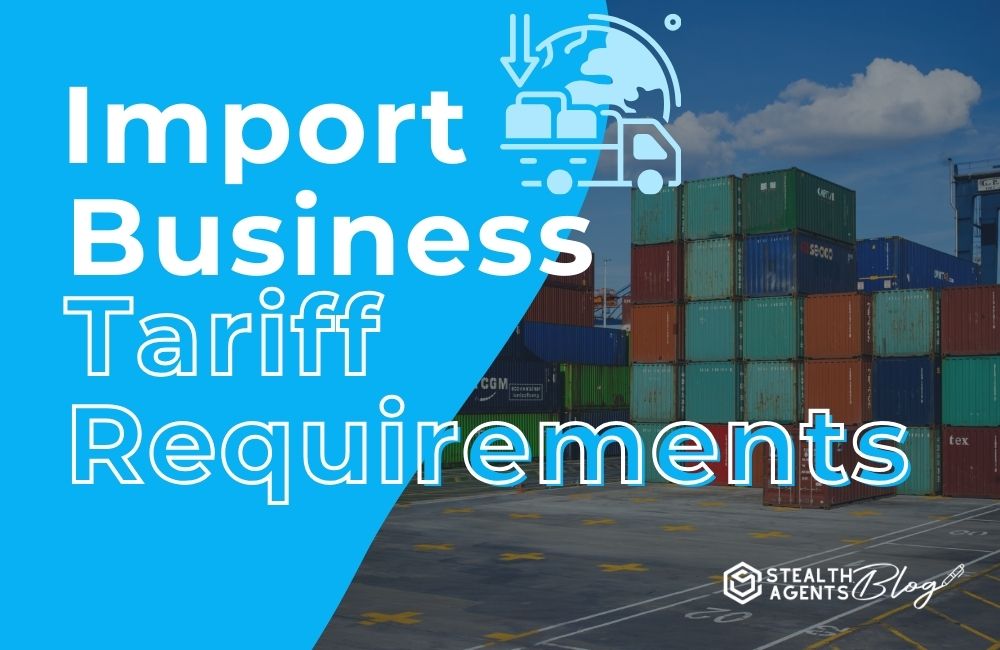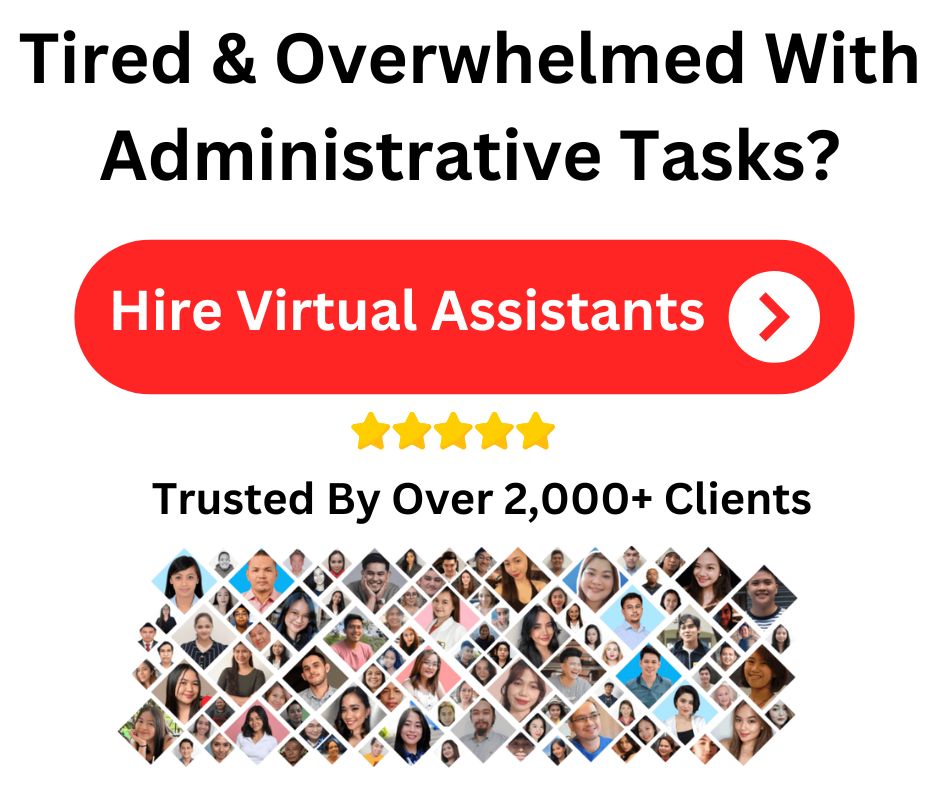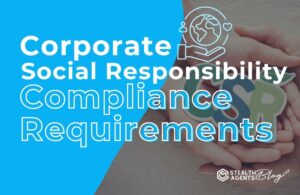Import Business Tariff Requirements
Picture this: You’ve spent months forging connections across the seas, negotiating deals, and fine-tuning details for your next great product export. The last thing you need is your profits sunk by unexpected tariffs.
Navigating the winding waters of import tariffs can feel like a high-stakes gamble, but with the right knowledge and strategy, you can turn this challenge into an opportunity to strengthen your import business. We’re setting sail on a comprehensive guide to help you chart a course through these rocky regulatory seas.
Understanding Tariffs: The Import Business Bedrock
Tariffs are like the toll booths of international trade. When goods move across national borders, these fees are charged, either as a percentage of the item’s value (ad valorem) or a specific amount per unit (specific). They serve varied purposes, from protecting local industries, to generating revenue for the importing country.
Tariffs 101
For business owners new to the import game, tariffs can be a complex web of rules and costs. It’s important to not only understand what they are, but also the different types:
-
Import Tariffs: levied on goods being imported into a country
-
Export Tariffs: imposed on products leaving the country
-
Transit Tariffs: for merchandise passing through a country en route to another
The Impact on Import Business
Tariffs influence every aspect of international trade. From the price you pay for raw materials to your final product’s cost, they affect the competitiveness of your offerings. Even the most meticulously planned business can experience disarray when hit by surprise tariff changes.
Key Considerations for Importers
In the world of importing, preparation is non-negotiable. Here are your key directives for navigating tariff requirements.
Research, Research, Research
Start by identifying the tariffs that apply to your goods in the countries you’re trading with. This will require an in-depth study, from the Harmonized System (HS) code classifications to applicable rates based on country of origin and destination.
Compliance is Key
Once you know your liability, ensure your import documentation is complete and accurate. Non-compliance can lead to fines, delayed shipments, or, worst-case scenario, the inability to import your goods altogether.
Cost Management
Understanding which party – buyer or seller – is responsible for paying the tariffs is crucial. These costs will need to be factored into pricing strategies, with room for negotiation with suppliers to share or take on the burden.
Strategies to Mitigate Tariff Risks
Ready to leap from mitigating risks to maximizing opportunities? These esoteric tactics could be your passport to tariff harmony.
*advertisement*
Tired & Overwhelmed With Administrative Tasks?
Hire A Top 1% Virtual Assistant From Stealth Agents!

Sign Up Below & Hire A Top 1% Virtual Assistant
Rated 4.7 Stars Serving Over 2,000+ Customers.
Hire Top 1% Virtual Assistants For $10-$15 Per Hour
Ask About Our 14 Day Trial!
*advertisement*
The Art of Diversification
Spread your sourcing across different countries to dilute the impact of a single nation’s tariff changes. Though more complex logistically, it provides a safety net against sudden economic shifts.
Harnessing the Power of Trade Agreements
Certain trade agreements offer reduced or eliminated tariffs among participating countries. Seek out these benefits by understanding and adhering to the rules that come with them.
Special Requests: Tariff Exemptions and Reductions
In some cases, specific companies or goods may qualify for tariff reductions or even exemptions. This avenue requires detailed applications, but the financial payoff can be substantial.
Case Studies: Learning from the Masters
Real-world applications of these strategies can shine a light on how you might employ them in your own import business. We draw on various case studies to demonstrate successful tariff management in different contexts.
The Multinationals Flexing Global Muscle
Large corporations utilize diversified product chains, strategic location utilization driven by trade agreements, and sophisticated legal teams to stay ahead of the tariff game.
The Small But Mighty
Even smaller importers can carve out significant savings by researching and applying for tailored tariff opportunities. We profile a variety of scrappy businesses benefiting from focused efforts.
Conclusion: Plotting a Course Forward
The complexities of import tariffs can be formidable, but their mastery is nonnegotiable for businesses that rely on international trade. By understanding the mechanics of tariffs, staying compliant, and implementing proactive strategies to manage and mitigate these costs, you can protect your bottom line and even create advantages against your competitors.
We encourage you to approach your tariff strategy with the same rigor you apply to all other areas of your import business. The effort invested upfront will translate to a competitive edge and a smoother sailing experience for your import enterprise. Remember, a well-informed merchant is an empowered merchant. Set out to master tariffs, and you might just master the import world. Safe travels!









